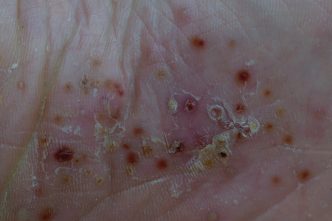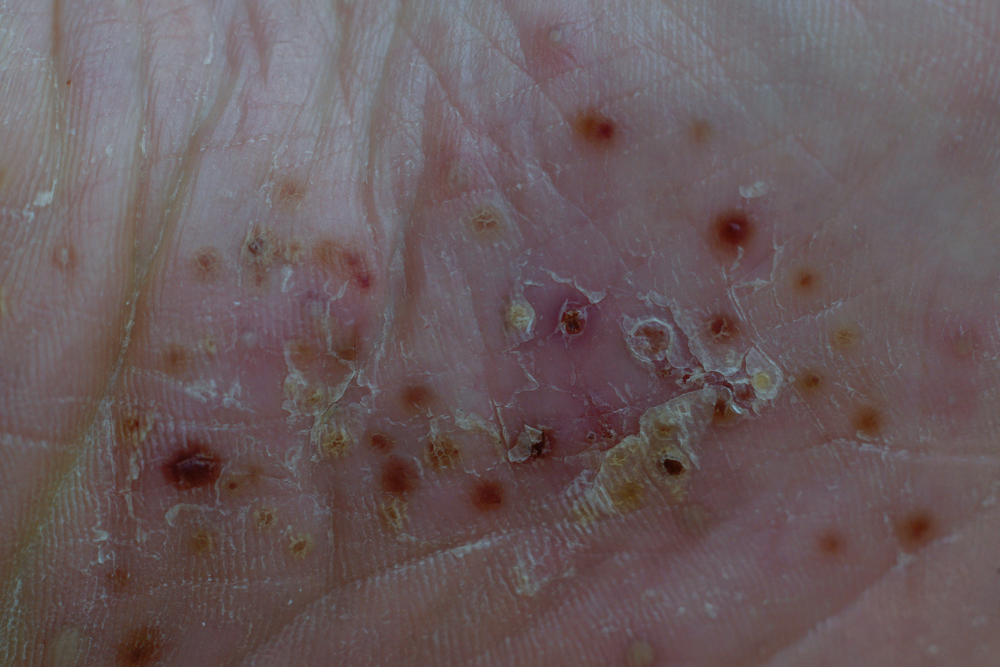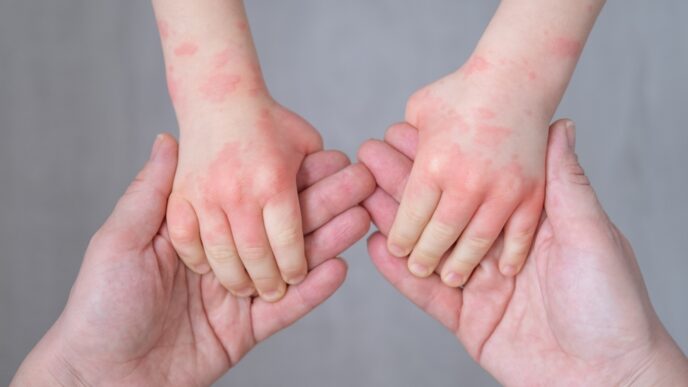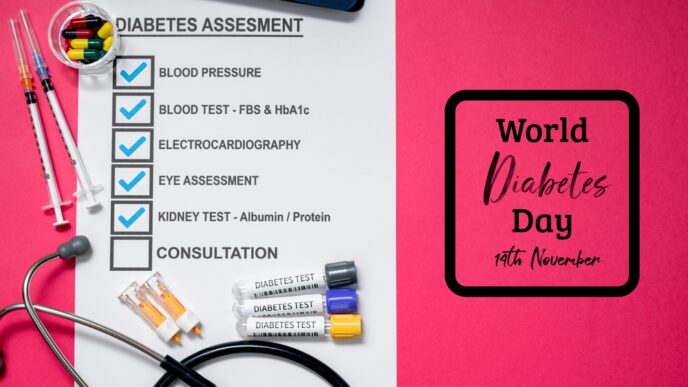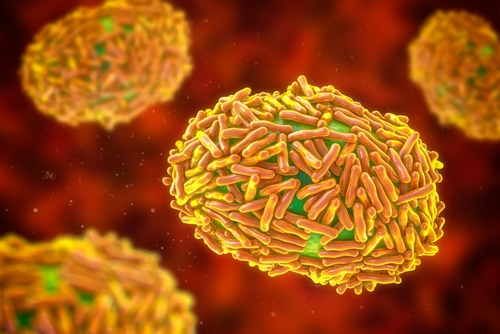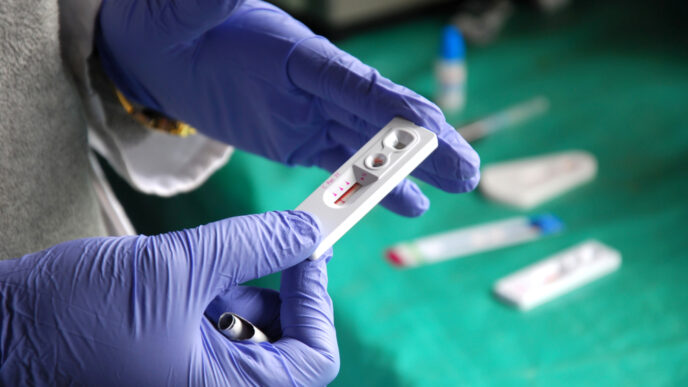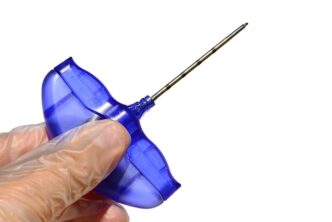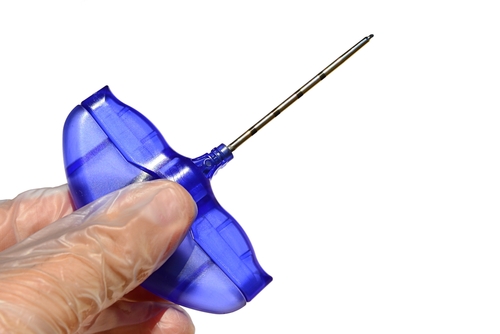WORDS ASSOCIATE PROFESSOR DR TAN WOOI CHIANG
 FEATURED EXPERT FEATURED EXPERTASSOCIATE PROFESSOR DR TAN WOOI CHIANG Consultant Dermatologist Gleneagles Hospital Penang and President of the Dermatological Society of Malaysia |
WHAT IS GENERALIZED PUSTULAR PSORIASIS (GPP)?
- Generalized pustular psoriasis (GPP) is a rare and serious skin disorder.
- It can appear suddenly or persist over time, causing widespread, painful redness and pus-filled bumps or pustules on the skin.
- These pustules can merge, forming larger areas of pus. These pustules may eventually go away, but scars can form in the areas where they appeared.
- This condition can last from weeks to months and may recur.
- Immediate medical attention is often needed. Without treatment, GPP is potentially life-threatening due to risks of infections or organ failure.
| GPP often occurs in episodes called flares, which can come and go or are persistent in nature. Each flare is often accompanied by the following systemic symptoms that can affect the muscles and bones, liver and other digestive organs, kidneys, and/or lungs. |
Skin
Accompanying Symptoms
|
MORE INFORMATION ABOUT THE FLARES
- GPP flares can vary in frequency, severity, and duration between patients. These variations can also occur between episodes in the same patient.
- Someone with GPP may have numerous flares per year or a flare every few years.
- Although the duration of flares can be highly variable, most flares last between 2 and 5 weeks, but may persist for longer than 3 months.
- Approximately 50% of flares may require hospitalization.
WHO IS AFFECTED BY GPP?
- Approximately 0.02% of the Malaysian population has GPP.
- It is more common among females and people of Chinese descent.
WHY IS GPP OFTEN MISDIAGNOSED?
- The symptoms of GPP, such as red skin and pus-filled sores, can resemble other conditions like skin infections or autoimmune diseases.
- During acute phases, high fever and inflammation markers may mislead doctors to diagnose it as a bacterial infection.
However, GPP is a skin condition that can be confirmed through clinical evaluation and obtaining a small sample of the affected skin tissue (biopsy) to be studied in a pathology laboratory.
Other ways of diagnosing GPP include blood tests, to detect inflammation, and genetic tests to identify the presence of specific gene mutations linked to this disease.
HOW IS GPP TREATED?
GPP treatment involves lifestyle changes and medications.
Lifestyle Adjustments
- Practice stress management techniques. Support groups and counselling can be helpful when it comes to managing stress and other emotional burdens of living with GPP.
- Eat a balanced diet.
- Stay hydrated by drinking plenty of fluids.
- Identify and avoid triggers that can cause a flare.
Medications
- Sudden flares require immediate medical care.
- The dermatologist may prescribe medications to help control flares and reduce inflammation.
- Biologics can be helpful in blocking specific pathways that cause inflammation, but they are not widely available in some countries.
- An interleukin-36 receptor (IL-36R) inhibitor was approved by the US Food and Drugs Administration (FDA) for GPP in 2022, and it is also approved for use in Malaysia.
| Untreated GPP can lead to life-threatening complications of the kidney, liver, and heart as well as other serious issues. Hence, don’t hesitate to consult a dermatologist if you experience possible symptoms of GPP. |

